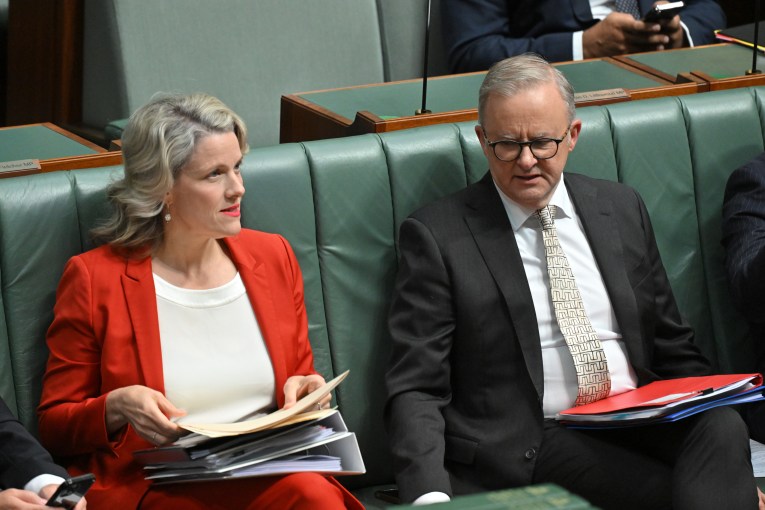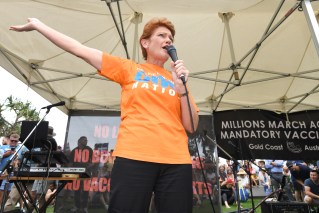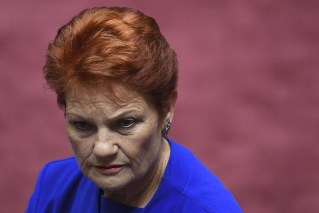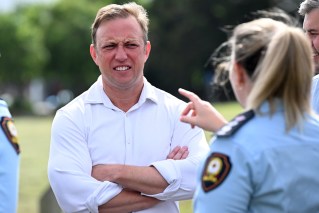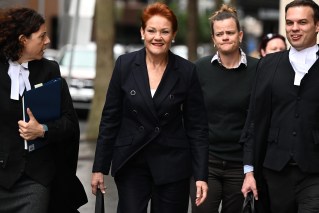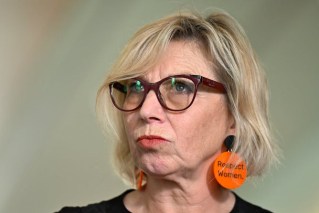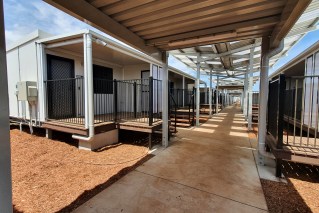Promises, promises: PM’s $16 billion election war chest revealed
The Morrison Government has again defended itself against pork-barrelling claims on the same day it unveiled over $16 billion in unannounced spending in the run up to the election.
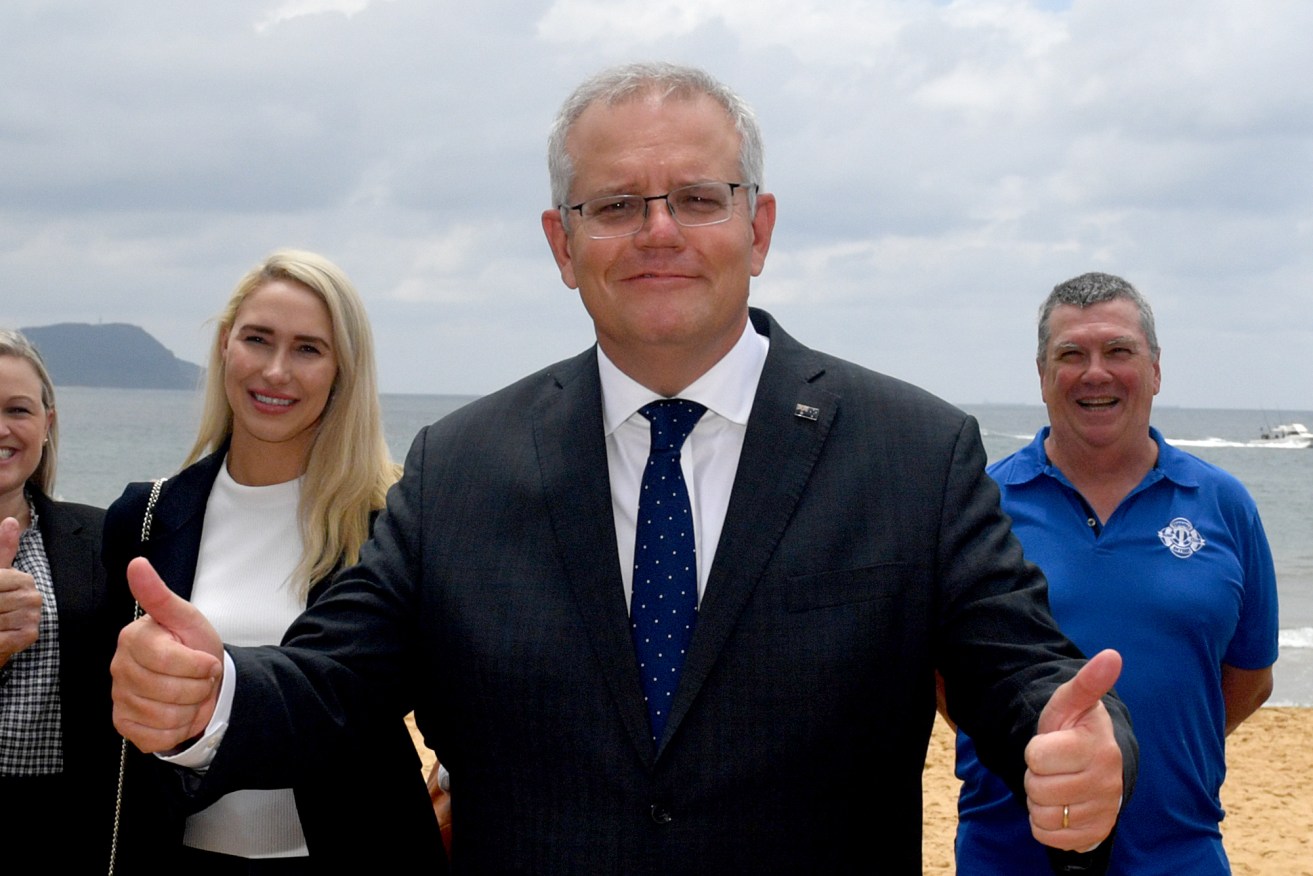
Prime Minister Scott Morrison. (AAP Image/Mick Tsikas)
The funds were described in Thursday’s mid-year budget update to “decisions taken but not yet announced”, including almost $5.6 billion in the next financial year alone.
It puts the Liberal-National coalition government in the position to roll out big ticket election promises.
Treasurer Josh Frydenberg used the mid year economic and financial outlook – potentially the last before the 2022 federal election – to spruik Australia’s economic position amid a falling unemployment rate and the projection of one million extra jobs.
“There is a contingency reserve. There are decisions taken but not yet announced,” Mr Frydenberg said.
“And that has been consistent with previous budgets by both sides of the political divide.”
Finance Minister Simon Birmingham said COVID-19 pandemic showed the need for prudently setting aside money to deal with unforeseen circumstances.
Shadow treasurer Jim Chalmers labelled the allocation a “secret slush fund” that would go towards “more rorts and waste” in the lead-up to the election.
Dr Chalmers also said the coalition had a predisposition to over-promise and under-deliver on wage growth, falling short of 52 out of 55 wage projections while in office.
“It’s not a recovery if people are still getting absolutely smashed by the rising costs of living combined with falling real wages,” he said.
The government was already under fire over the alleged misuse of public money.
Analysis of 19,000 grants totalling $2.8 billion by the Nine newspapers revealed that $1.9 billion went to coalition seats over three years – four times the amount of money in grants than Labor-held seats.
Frydenberg said grants programs had “always been around”.
“There are proper processes and the ANAO (auditor-general) has scrutiny over the program,” he said.
Addressing reporters in the Sydney suburb of Ashfield, Labor leader Anthony Albanese said two suburbs separated by a road were indistinguishable to the community, but the electoral boundaries meant one side received more than 20 times more in grants.
“For this government that looks at the electoral map, they are very different in terms of the approach,” he said.
The marginal Liberal-held seat of Reid received $14.8 million in grants over three years, compared to $718,000 in Mr Albanese’s neighbouring seat of Grayndler.
“You pay the same rate of tax on that side of the street and this side of the street. That is why this is corrupt” he said.
Prime Minister Scott Morrison spent the day on the NSW Central Coast, where he announced his rejection of a controversial petroleum exploration permit known as PEP-11.
The decision comes as moderate Liberal MPs try to fend off serious challenges from high profile independents running on a pro-climate action agenda.
Frydenberg forecast a slightly smaller budget deficit for the 2021/22 financial year, while predicting strong growth and a sharp fall in the unemployment rate.
He is also predicting in his mid-year budget review wages growth of three per cent in 2023/24, a rate not seen since the coalition came to power in 2013.
But the treasurer has warned state governments not to cave into concern over the Omicron variant of the coronavirus.
“We must continue to learn to live with the virus,” he said.
The budget deficit for 2021/22 is now forecast at $99.2 billion in 2021/22 in the mid-year economic and fiscal outlook compared to the $106.6 billion prediction made in the May budget.
“The improved budget position is being driven by the stronger than expected recovery in our labour market,” Frydenberg said as new figures showed the jobless rate shrank to 4.6 per cent from 5.2 per cent.
Economic growth is forecast at 3.75 per cent for 2021/22, a downgrade from a previous estimate of 4.25 per cent, but is now expected to grow by 3.5 per cent in 2022/23 rather than by 2.5 per cent.
For the calendar year, growth is seen at 4.5 per cent in 2021 and 4.25 per cent in 2022.
“The rapid recovery from the Delta imposed lockdowns is expected to see the addition of around one million jobs between October 2021 and the end of the forecast period, which is around 150,000 more jobs than forecast in the 2021/22 budget,” the treasurer said.
Australian Chamber of Commerce and Industry chief executive Andrew McKellar said the budget update far exceeded expectations for Australia’s economic rebound.
“However, these improvements could still be derailed if governments choose to overreact in the face of the Omicron variant,” he said.
“With the economic comeback from the pandemic gathering momentum, businesses and the community cannot afford a return to the disparate stop-start measures of lockdowns and restrictions.”
